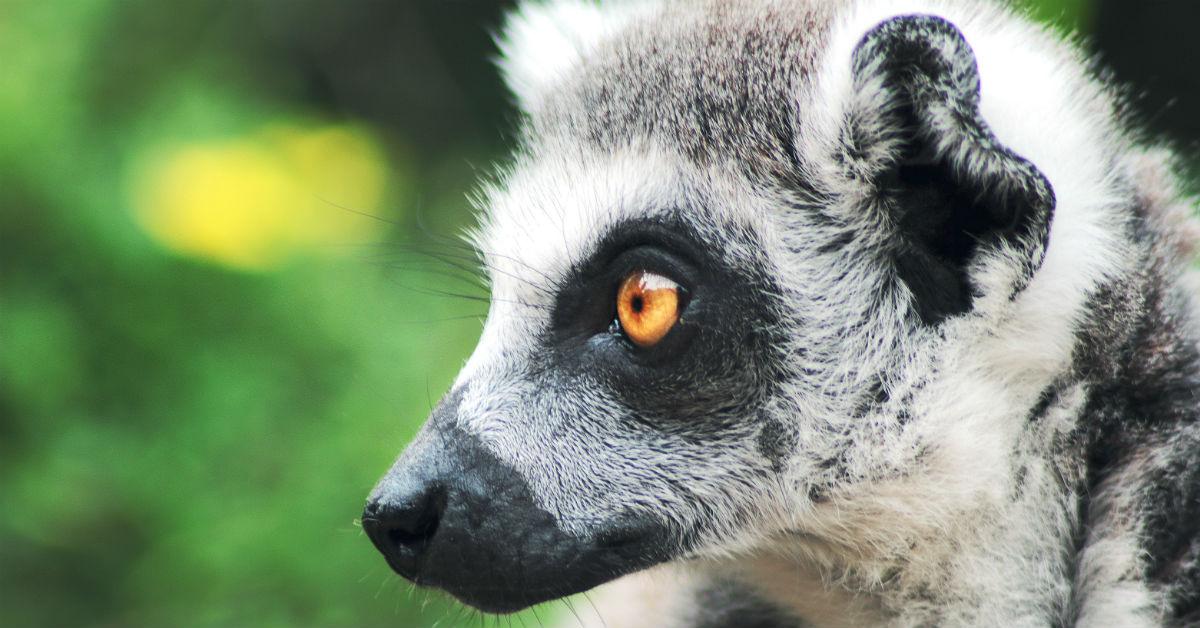How Mapping Trees Can Help Endangered Lemur Populations
Scientists at Duke University are using trees to locate the remaining lemurs in Madagascar.
Updated May 21 2019, 10:06 a.m. ET
The lemur is one of the world’s most threatened animals. Experts believe that 95 percent of lemur species and subspecies are “critically endangered, endangered, or vulnerable to extinction,” according to The Independent. The ring-tailed lemur alone has practically disappeared from Madagascar, dropping to such drastic numbers that there are now more ring-tailed lemurs in zoos than in the wild.
Conservationists have always had a tough time protecting lemurs, partially because it’s hard to keep track of them. But a new study from Duke University proposes an easy way to monitor lemur populations — and suggests there may be more out there than previously believed.
The Duke scientists found that counting the number of trees where lemurs live was a reliable method for estimating population numbers. Since lemurs mainly eat leaves, fruits, and flowers, trees provide both their sustenance and shelter. So if the trees were missing or scattered, the team discovered, so were the lemurs.
The study, published in the Journal of Biogeography, revealed that lemurs were less plentiful in regions devoid of angiosperm trees, which provide food. This was true even when the climate, elevation, and rainfall was otherwise ideal for these primates. By tracking the trees, the researchers were able to estimate population sizes for 19 of the roughly 100 lemur species—and the results were surprisingly positive.
In many cases, the numbers were higher than the Duke team anticipated. They estimated a remaining population of 50,000 red-bellied lemurs, which is almost double the earlier figures. Even more impressive, the study estimates that 16 out of the 19 species studied had populations greater than 10,000, which is the threshold where the International Union for Conservation of Nature (IUCN) considers an animal at risk of extinction.
“It was actually pretty good news for some of these species,” James Herrera, the lead author of the study, said in a news release. “For some lemurs, there may be healthy populations remaining and our conservation efforts are preserving them.”
The picture was less rosy for certain species. According to the study’s estimates, red-fronted brown lemur populations have shrunk 85 percent since a previous study in 2000. The gentle bamboo lemur has also seen drastic decline, dropping from 20,000 to roughly 10,000 in less than two decades.
But the Duke team believes the study can help conservationists locate and protect the remaining lemurs, who normally prove elusive. It was certainly tough for them, too. The scientists arrived at their conclusions only after canvassing Madagascar’s Ranomafana National Park and Makira Natural Park for lemurs over the course of five years, between 2011 and 2016.
“We would wake up at 4:30 or 5:00 in the morning, hike for six to eight hours to look for lemurs, and then go back out at night with our headlamps on to search,” Herrera said in the release. “A lot of these species are small nocturnal animals that are only active at night. You can walk for hours and not see a single lemur.”
Now with the new tree mapping data and model, researchers hope to identify and conserve the remaining lemurs, so they can multiply and boost their populations to safer numbers.


